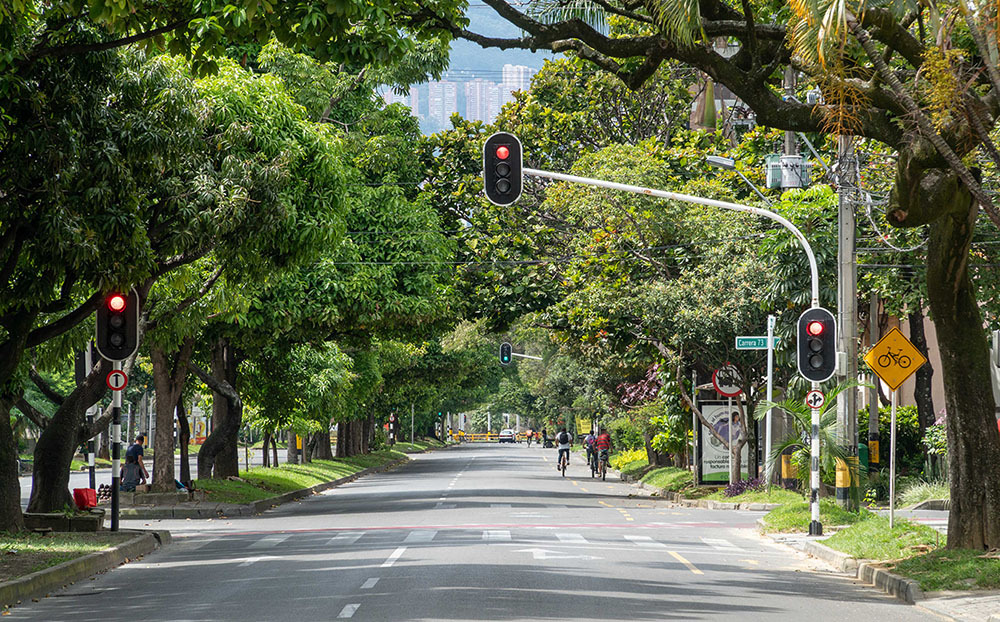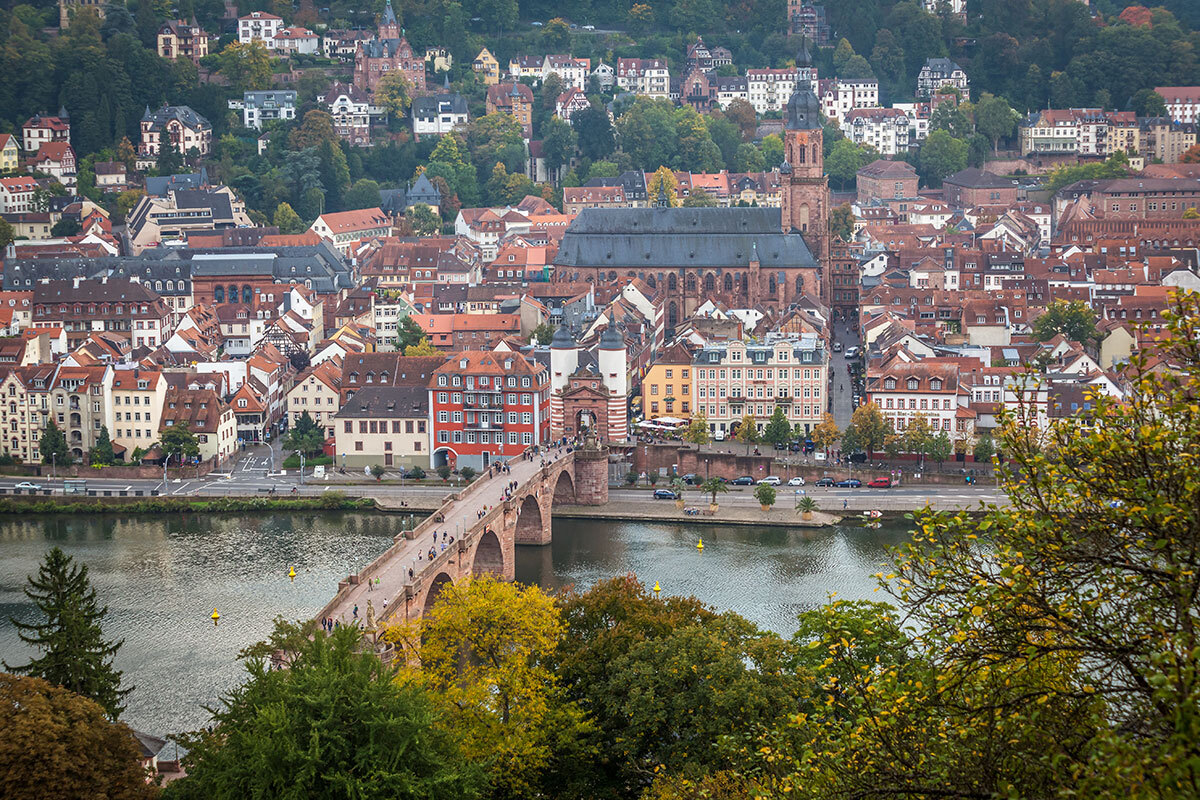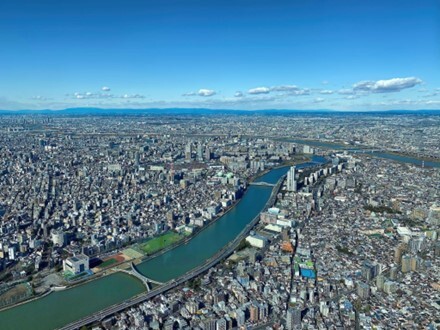
Issue
The center of the city had problems with heat islands and air pollution
Solution
Green corridors connect several natural areas and resotore ecological continuity
Heat island phenomenon and air pollution
In Medellín, Colombia's second largest city, the heat island (the temperature in urban areas is significantly higher than in suburban and rural areas) was a significant concern. The main cause of this was the concrete pavement used for roads and other infrastructure, which absorbs the sun's heat. Because of this, the temperature in the city remained high even after sunset. Air pollution caused by the large use of motorbikes was also a serious problem. In Medellín and other large cities in Colombia, the high levels of fine particulate matter concentrations such as PM2.5 and PM10 were of concern. Inhalation of particulate matter can lead to various diseases such as asthma, bronchitis, and chronic obstructive pulmonary disease.
In order to solve these environmental problems, the Medellín City Hall focused on the function of greenery in public spaces and parks. The temperature cooling effect of urban parks had been proven in other cities such as Milan and Athens, so the officials of Medellín City had high expectations. Incorporating green spaces was seen not only as a solution to the environmental problems facing the city, but also as part of endeavors to improve the living environment and enhance the welfare of city residents. In other words, the city tried to turn their challenges into opportunities to increase the attractiveness of the city.
Transformation into a green and attractive city
In 2016, Medellín City started the Green Corridor project that aimed to expand greenery in public spaces in the city. The reason why this project used the term ‘Corridor’ is because the project goal was to provide an interconnected 20-km network of shade by transforming 18 roads and 12 waterways into a green space. By doing so, the city achieved a reduction in the average temperature by 3.5°C (from 31.6°C to 28.1°C) and the average surface temperature by 10.3°C (from 40.5°C to 30.2°C) over three years. In addition, by lowering the temperature through greening, the energy used for cooling can be reduced, thus contributing to climate change mitigation. In addition, the project has had a significant impact on improving air pollution. Between 2016 and 2019, the PM2.5 level was reduced by 1.55 μg/m3 (from 21.81 µg/m3 to 20.26 µg/m3). The health benefits of expanding green spaces were also confirmed; the city's morbidity rate from acute respiratory infections decreased from 159.8 to 95.3 (per 1,000 people).
Medellín's Green Corridor project successfully incorporated the various benefits of nature, such as temperature control, GHG emission reduction, air quality improvement, oxygen generation, noise reduction, and biodiversity, into the urban design. This great example of smart urban design using nature won the 2019 Ashden Award for Cooling by Nature Award, which has given the project worldwide recognition.
How to successfully implement an urban NbS
This project, which brings multiple benefits to the city, is a clear example of how nature can not only solve various problems but also enrich urban life. The project would not have been possible without the initiative of city planners and community engagement. The city government, led by the mayor, took the initiative to make a large investment, and residents are voluntarily sustaining this project so that it continues to alleviate the urban heat island effect and absorb air pollutants from the roads.
Although NbS development, such as the creation of green spaces, may seem at first glance to be for the common good at all times, they also often face challenges to ensure the inclusion of the most vulnerable groups in society. Medellín undertook a similar greenbelt project in the past that created a trade-off for local communities. For instance, residents of poor communities were relocated due to the development processes such as green infrastructure constructions. With this experience in mind, Medellín is currently undertaking a new green corridor project that recognizes that an NbS should aid vulnerable poor communities who are most exposed to climate change. While the city has increased green public spaces in the center of Medellín’s poor neighborhoods, prevailing vegetation and green in the surrounding hillside slums remains a challenge. Notably, the Green Corridor project has also led to the creation of employment. As part of this initiative, 107 people from disadvantaged backgrounds were trained as gardeners, and 2,600 workers were employed through the botanical garden's apprenticeship program. Medellín is taking up the challenge of achieving the sustainable development of entire cities.
Location
Related Information
- Anastasia Moloney, Reuters, Colombia’s Medellin plants ‘green corridors’ to beat rising heat
- Maria Hart, Jillian Du, Caroline Coccoli, GreenBiz, How to prevent city climate action from becoming 'green gentrification'
- Sustainable Energy for All, Creating a greener, cooler and healthier Medellín
- UNEP, Medellín shows how nature-based solutions can keep people and planet cool




